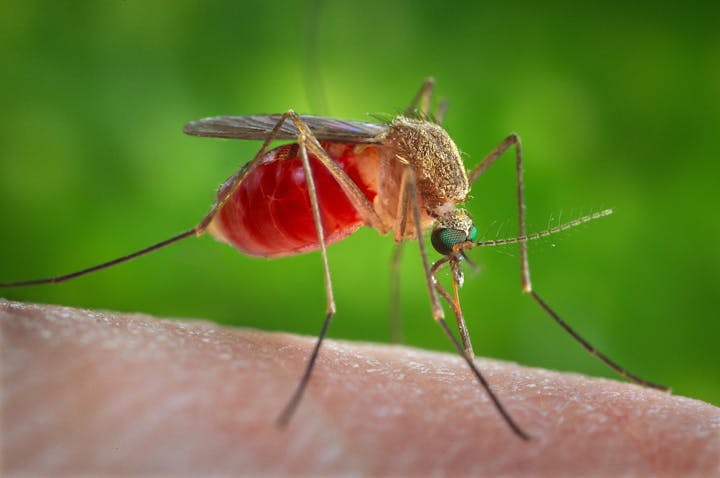Surveillance

Mosquito surveillance in Davis County includes the process of collecting mosquitoes in larval and adult form. The collected mosquitoes are used to establish the mosquito population size, reach and human disease risk. Surveillance is key to MAD-D fulfilling our mission of enhancing public health and comfort of those living in Davis County. Multiple surveillance methods exist for monitoring mosquitoes, as there is not an ideal surveillance method which captures all mosquito types. The type of surveillance method used in each situation is based on the type of mosquitoes in the environment as well as the potential health risks to the human population.
Larval Surveillance
This type of surveillance occurs in the field, with our field technicians. Inspections start in the early Spring and go through September. Field technicians are checking sites throughout the county looking for locations with the proper conditions for larvae to occur. They inspect by using a “dipper” which is a white one-pint cup attached to a handle. The “dipper” allows the technicians to get into the water source and determine if larvae are in the water. They then treat the source with the best possible method to decrease the larval mosquito potential.
Active Adult Surveillance
Is a substantial portion of our mosquito program. Adult surveillance helps us know which species of mosquitoes are present as well as providing the necessary mosquitoes for West Nile virus testing. We start regularly trapping mosquitoes in May and continue through September. This surveillance is done by setting CDC- CO2 baited traps throughout the county. Traps are placed out overnight and are brought into the lab the next morning where the mosquitoes are identified, counted and when appropriate, tested.
Passive Adult Surveillance
Is only possible with the help of the public. This type of surveillance is community based as it requires those in the community to report mosquito issues to us. This type of surveillance often comes in the form of service requests. These requests help us find previously unknown locations where mosquito problems exist and are not always easily accessible by our field technicians.

